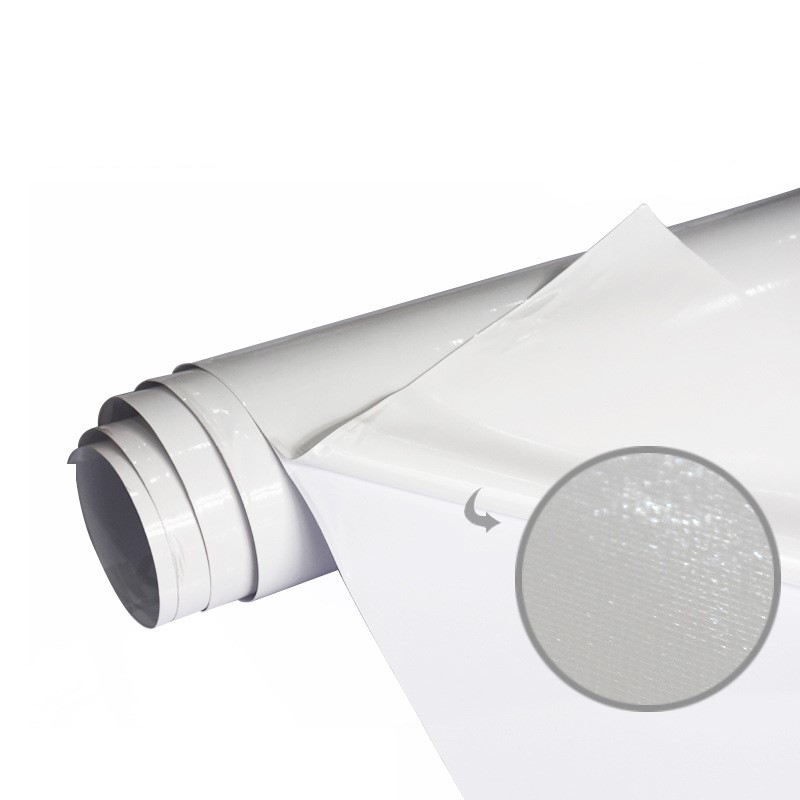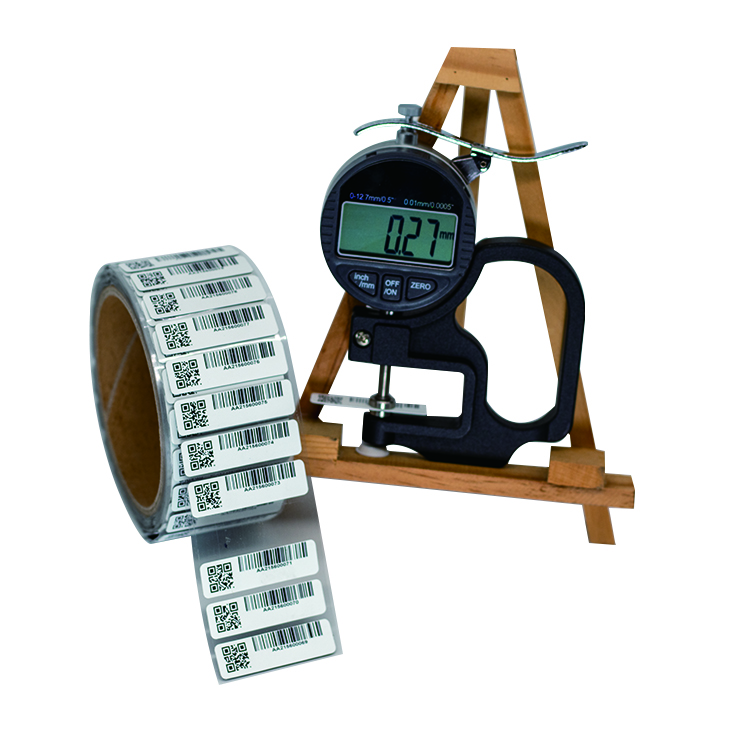The Purpose of Heat Resistant Labels: Explained
Heat resistant labels play a crucial role in various industries, providing essential information and ensuring the safe use of products in high-temperature environments. These labels are specifically designed to withstand extreme heat, maintaining their integrity and legibility even under challenging conditions. In this article, we will delve into the significance of heat resistant labels and their applications across different sectors.
The Importance of Heat Resistant Labels
Heat resistant labels serve multiple purposes, primarily focusing on safety, identification, and compliance. Let's explore each of these aspects in detail:
Safety
When it comes to industries that involve high temperatures, such as manufacturing, automotive, aerospace, and food processing, safety is of paramount importance. Heat resistant labels are designed to withstand extreme heat without melting, smudging, or becoming illegible. By using these labels, manufacturers can ensure that vital safety information, warning signs, and instructions remain visible and easily readable, even in the presence of intense heat.
Identification
Proper identification of products, components, and equipment is essential for efficient operations and traceability. Heat resistant labels provide a reliable means of identifying various items in high-temperature environments. Whether it's labeling machinery, pipes, cables, or electrical components, these labels can withstand the heat generated during operation, ensuring that the identification remains intact and readable.
Compliance
In industries where adherence to regulatory standards and compliance requirements is mandatory, heat resistant labels play a critical role. These labels are often used to display important compliance information, such as safety certifications, manufacturing dates, batch numbers, and other regulatory details. By using heat resistant labels, manufacturers can ensure that their products meet the necessary compliance standards, even when exposed to extreme heat.
Applications of Heat Resistant Labels
Heat resistant labels find extensive application across various industries. Some notable examples include:
1. Automotive Industry
In the automotive sector, heat resistant labels are commonly used to label engine components, exhaust systems, and other parts that are exposed to high temperatures. These labels ensure that crucial information, such as part numbers, manufacturing details, and safety warnings, remains visible and intact throughout the lifespan of the vehicle.
2. Food Processing
Heat resistant labels are essential in the food processing industry, where high temperatures are often encountered during cooking, sterilization, and packaging processes. These labels are used to provide accurate information about ingredients, nutritional facts, expiry dates, and cooking instructions. By withstanding the heat, these labels ensure that the information remains legible and reliable, guaranteeing consumer safety.
3. Manufacturing
In manufacturing facilities, heat resistant labels are used to identify machinery, tools, and equipment that are exposed to elevated temperatures. These labels help in proper asset management, maintenance, and safety procedures. By using heat resistant labels, manufacturers can avoid confusion, reduce downtime, and ensure the smooth functioning of their operations.
Conclusion
Heat resistant labels are indispensable in industries where high temperatures pose a challenge to the durability and legibility of traditional labels. By providing safety information, enabling proper identification, and ensuring compliance with regulations, these labels play a crucial role in maintaining operational efficiency and product safety. With their wide range of applications and ability to withstand extreme heat, heat resistant labels continue to be an essential component in numerous industries.
We offer comprehensive technical support, including free professional labeling solutions, advice on label materials and adhesive selection, as well as online/offline assistance from professional software and hardware engineers. Service email: andy@ownlikes.cn. In pre-sales, we leverage our extensive experience in specialty labeling projects to provide clients with the most suitable hardware solutions. Additionally, all our label barcode printers and scanners come with a three-year free warranty, demonstrating our confidence in our products.






This site is protected by reCAPTCHA and the Google Privacy Policy and Terms of Service apply.